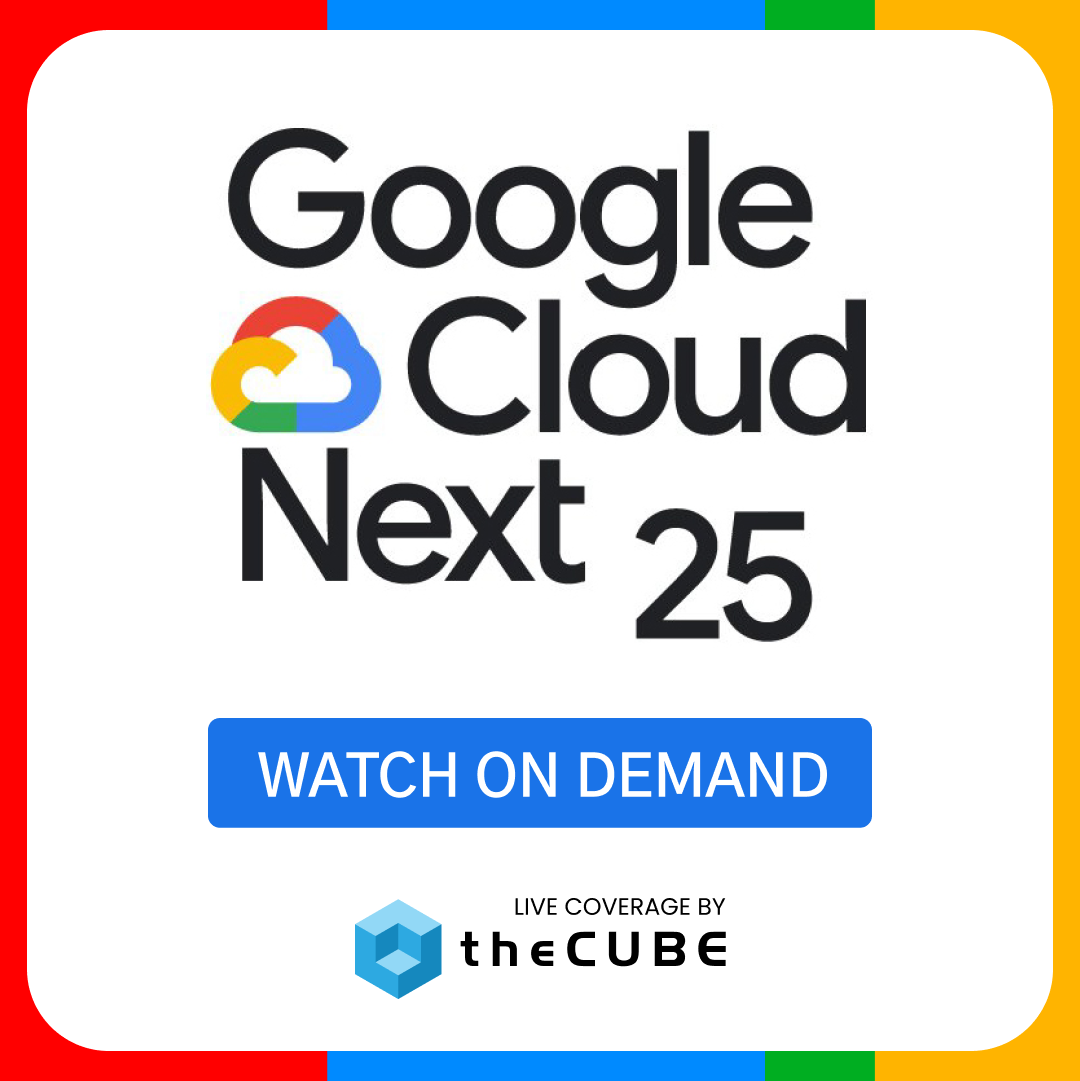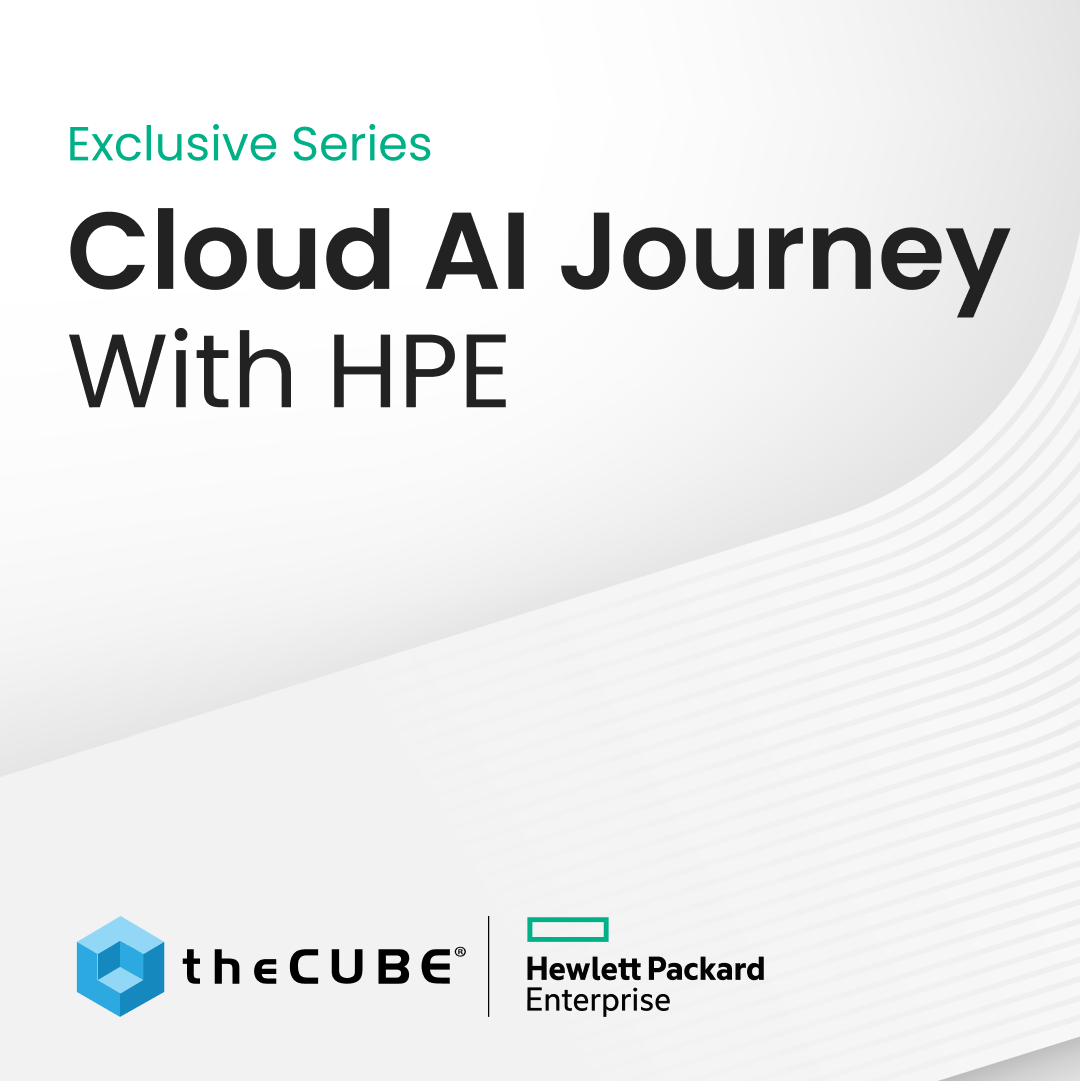Working on the Edges: Where the Cloud Empowers the People Behind SMBs
Even five years ago I couldn’t imagine the freedom mobility has presented my everyday work tasks, putting me, the end user, in charge of my day. In fact, the end user is gaining power all over the place, determining the fate of a brand with just a tweet, forcing new distribution models from print media and revolutionizing the consumer electronics market. So why shouldn’t we, the end users, affect change in the workplace.
Today we further explore this quarter’s theme, looking at the relationship between the CIO and the consumer, with commentary from FreshBooks co-founder and CEO Mike McDerment. His company provides a cloud-based accounting platform to help small businesses manage their billing. McDerment sees firsthand how consumer trends impact IT decisions for SMBs. Below is an excerpt from an interview with McDerment, who speaks on ways consumer-driven trends have empowered SMBs, the consumer trends he’s watching, and how he applies consumer lessons to FreshBooks:
Empowering SMBs through consumerization
.
The small business purchase process has changed to be more consumer like – small business owners now turn to the internet to buy the products they need to run their businesses. This is has created a massive shift in distribution. Consider the old world, where you used to have to go to a store like Staples to get the software you needed to run your business. In that era, a handful of players tightly controlled distribution and muscled new companies off the shelf.
Thanks to the internet, companies like FreshBooks can use a direct to consumer model to build their businesses, which brings a massive benefit to small business owners: choice. Choice is something consumers have always had, and something small business owners never really have had. If you need evidence, all you need to do is look at how many of them turn to word and excel to perform many of their business functions. It’s ridiculous.
The demand for better customer support is a trend worth paying more attention to. Consumers are choosing to buy from companies offering a great user experience that includes easy-to-access, helpful customer support.
Learning from consumers
.
We have three inputs for design changes: customer feedback, active research, and me – Mike the founder. Once we have the inputs, we determine what benefit we will deliver and move on to determine the scope of changes. We’re pretty good at figuring out the right scope to build – that’s part of our secret sauce – but showing it to customers gives us the confidence to know we nailed it, or that we are way way off course. For example, when we built our iPhone app – which was inspired by customer feedback – our design approach led to implement some novel usability concepts around navigation of the app.
We went ahead and built the app based on those concepts, only to find that when we had customers do usability tests, the concepts fell down – hard. So we retrenched and redesigned. All of this is a process – and thanks to the dedication of our team, and the process itself – we built an award-winning application that has been recognized alongside apps from Nike and IDEO as one of the best apps in the world. We are humbled by this achievement, and better still, our customers love the app.
Working on the edges
.
Small business owners are busy people, so every moment counts. Thanks to mobile devices like iphone and ipad, they can get work done on the edges – 5 minutes here, 5 minutes there, while they are waiting in line, or watching their children at swim class. Being able to get things done in these tiny pockets of time helps them be more productive, but it also breaks up the painful but necessary admin work they have to do, into less mind numbing chunks. The benefit: a better quality of life (aka work) for our precious small business owners, who are the unsung heroes that drive the economy.
A message from John Furrier, co-founder of SiliconANGLE:
Your vote of support is important to us and it helps us keep the content FREE.
One click below supports our mission to provide free, deep, and relevant content.
Join our community on YouTube
Join the community that includes more than 15,000 #CubeAlumni experts, including Amazon.com CEO Andy Jassy, Dell Technologies founder and CEO Michael Dell, Intel CEO Pat Gelsinger, and many more luminaries and experts.
THANK YOU

















